High Triglycerides and Pancreatitis | What Causes Hypertriglyceridemia and How to Fix It
High triglycerides and pancreatitis are linked with each other. If your triglyceride levels are elevated, you're more likely to develop inflammation in your pancreas.
Here, we'll talk about what causes high triglycerides, as well as steps you can take to lower the numbers.
RELATED: 12 Early Signs of Liver Cirrhosis
What You Need to Know About High Triglycerides and Pancreatitis

Click here to jump to the infographic.
What Are Triglycerides?
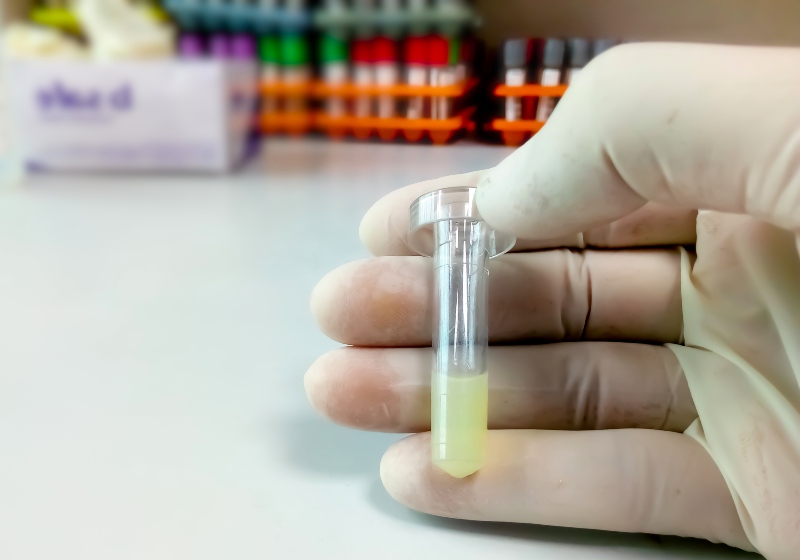
Like cholesterol, triglycerides are fatty substances or lipids. In fact, triglycerides are the most common type of fat in your body.
From the name itself, triglycerides are composed of three fatty acids. These fats give your body energy.
Your body, particularly your liver, naturally makes triglycerides. You can also obtain these fats from the foods you eat. Your body converts excess calories into triglycerides, then your fat cells store them.
Triglyceride levels are categorized according to the following:
- Normal: Less than 150 mg/dL
- Borderline high: 150-199 mg/dL
- High: 200-499 mg/dL
- Very high: 500 mg/dL or above
What Does It Mean When Your Triglycerides Are High?
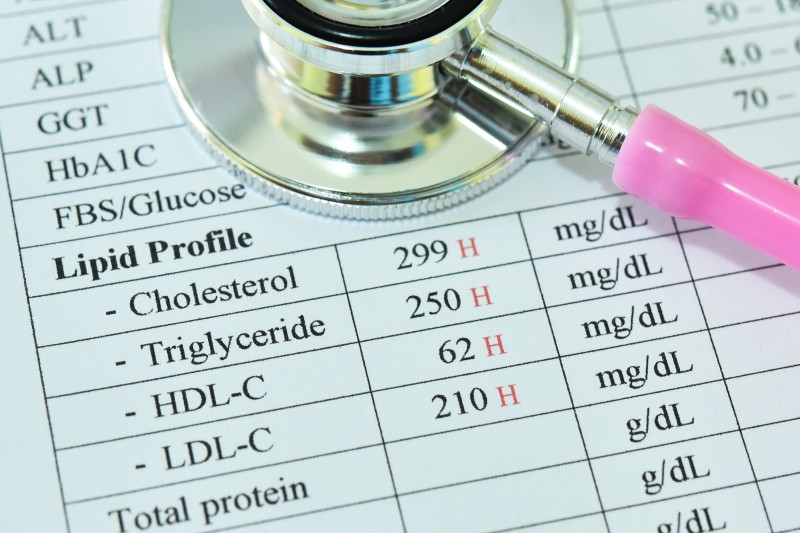
Triglycerides are a part of your blood. A certain amount of these fats is needed to serve as your fuel source.
However, triglyceride levels can get too high, a condition known as hypertriglyceridemia. This can be dangerous, as you're putting yourself at risk of pancreatitis.
Pancreatitis is a life-threatening condition wherein your pancreas becomes inflamed.
The pancreas is an organ that produces insulin, which is a hormone that controls your blood sugar. When your pancreas isn't working properly, the amount of insulin in your body is affected. That's why pancreatitis can eventually lead to diabetes.
Additionally, increased levels of triglycerides can give rise to other health issues, such as high blood pressure and obesity.
What Are the Warning Signs of High Triglycerides?

Sadly, elevated triglycerides hardly show any symptoms. But when its level gets to more than 1000 mg/dL, you may develop pancreatitis, which has the following symptoms:
- Abdominal pain
- Nausea
- Vomiting
- Fever
- Difficulty breathing
This is why it's essential that you have your triglycerides checked. You may get a blood test to measure the number of triglycerides in your body. The testing frequency depends on your age and other risk factors.
The Centers for Disease Control and Prevention (CDC) suggests that adults get tested every four to six years. If you have pre-existing conditions, you may need more frequent checkups.
Your children must also have their triglycerides monitored—at least once upon reaching ages 9-11, and another one for ages 17-21.
RELATED: 17 Foods to Lower High Blood Pressure Without Medication
What Causes High Triglycerides?
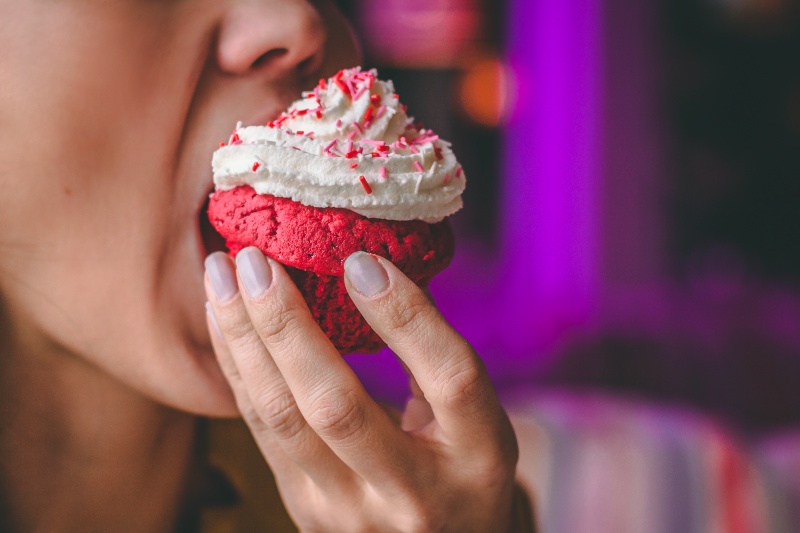
One possible cause why you may have this condition is due to genetics. High triglycerides may be passed down through your family, a disorder called familial hypertriglyceridemia.
But the root cause of this disorder is your diet and lifestyle. Eating more calories than what your body burns can cause a spike in your triglyceride levels, and so are the following trends:
- Overconsumption of sugar and carbohydrates
- Having too much-saturated fats
- Alcohol overdose
Apart from these causes, there are also risk factors that contribute to an increase in your triglyceride levels. According to the American Heart Association (AHA), they include:
- Pregnancy
- Obesity
- Too much alcohol consumption
- Type 2 diabetes
- Liver or kidney problems
- Thyroid disease
- Insulin resistance
- Inflammatory diseases
What Is the Best Treatment for High Triglycerides?
1. Minimize Carbs
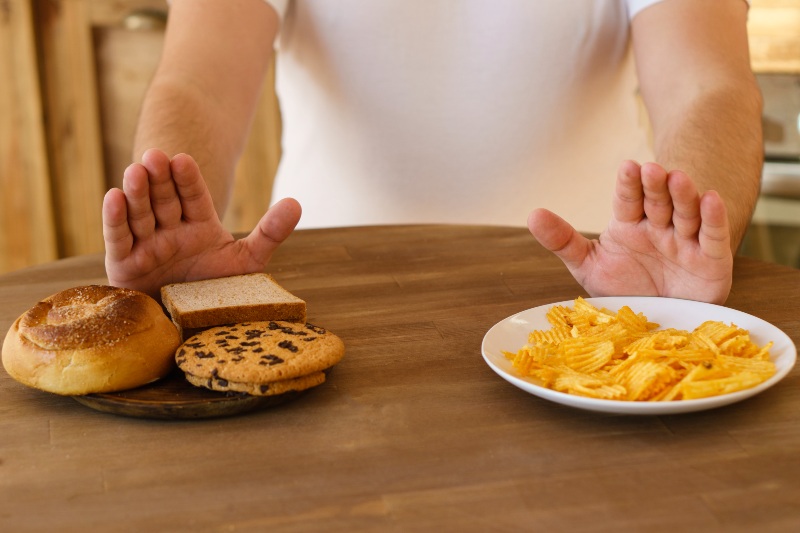
One cause of high triglycerides and pancreatitis is too many carbs in your diet. Therefore, you have to cut your consumption of processed foods.
As much as possible, avoid these items that are sky-high in carbohydrates and sugar:
- Cookies
- Pies
- Cakes
- Candies
- Breakfast cereals
- Pastries
- Jams
- Jellies
- Sauces
- Syrups
You also have to be careful with foods that seem to be healthy but are actually high in calorie count. For instance, fruits are rich in essential nutrients, but some consist of high carbs and sugar, such as:
- Bananas
- Cherries
- Coconuts
- Grapes
- Lychees
- Mangoes
2. Reduce Fructose Intake
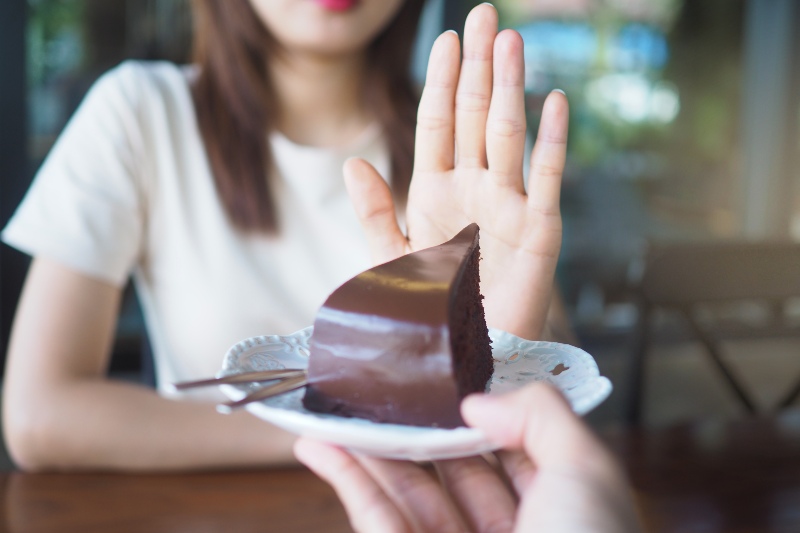
Based on a study, fructose directly causes a rise in your triglyceride levels, so you have to eliminate it from your diet.
Fructose is a simple sugar that you can find in plants. It's usually bonded with glucose to form table sugar or sucrose.
Get rid of high-fructose corn syrup. You can find this artificial sweetener in almost all foods and drinks with added sugar, including:
- Baked goods
- Boxed desserts
- Canned fruits
- Flavored yogurts
- Soft drinks
Tip: Another drink that you have to watch out for is fruit juice. While it's generally perceived as healthy, there are actually tons of fructose present in it.
3. Choose Healthy Fats
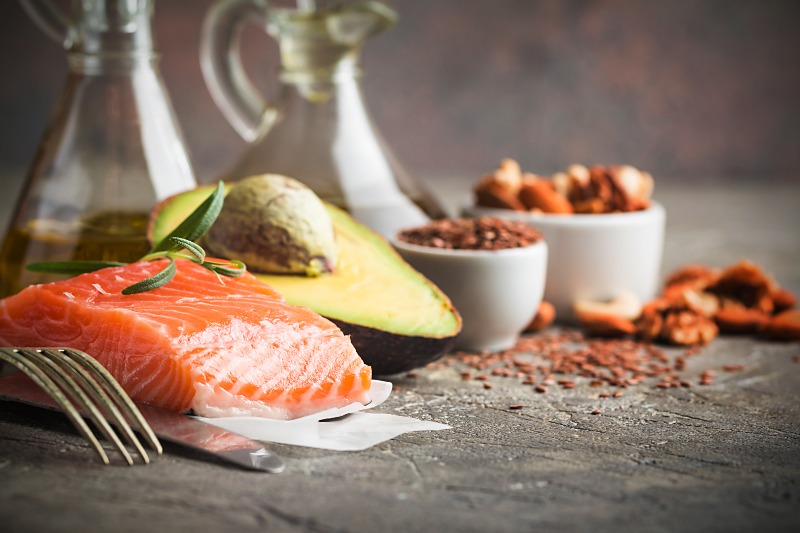
Fat intake doesn't raise your triglycerides. In fact, you can replace the carbs that you've eliminated from your meals with healthy fats.
Increase your consumption of monounsaturated and polyunsaturated fats. Some sources of these goods fats include:
- Fish, such as mackerel, salmon, sardines, and tuna
- Nuts
- Olive and canola oils
But remember that there are also unhealthy fats, like saturated and trans fats. Say no to the following bad fats:
- Fatty cuts of red meat
- High-fat dairy foods, like butter and cheese
4. Cut Down on Alcohol
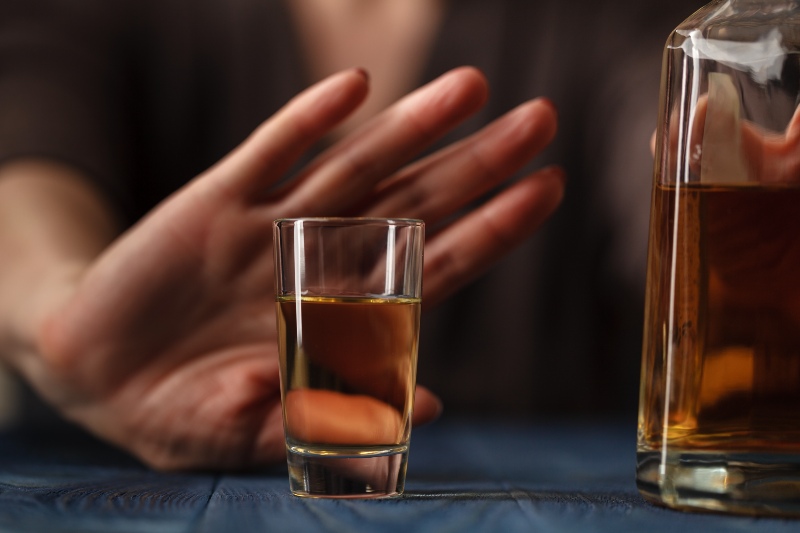
As stated above, too much alcohol consumption can cause high triglycerides and pancreatitis. This is because alcohol carries high calories and sugar, and it's restored as triglycerides in your liver.
For some people, drinking in moderation can already normalize their triglycerides. According to CDC, moderate drinking is equivalent to two drinks at most per day.
However, if you have severe hypertriglyceridemia, you have to completely abstain from alcohol.
5. Increase Your Physical Activity

Exercise can have a significant impact on your overall health, including your triglycerides. By working out, you're burning those extra calories, which is crucial in reducing your triglyceride levels.
Additionally, exercise will help you shave off some pounds. Try to achieve a weight that's ideal for your height and age to reduce your triglyceride levels.
All you need is 150 minutes of physical activity per week. If you're new to exercise, you could divide it into 30 minutes per day, five days per week. You could start slowly and do a beginner workout plan.
You may also try to add more physical activity to your daily routine. For instance, you may climb the stairs instead of taking the elevator, or park farther away and walk a little bit longer.
6. Review Your Medications

Check all your medications, whether prescribed or over-the-counter, and consult your doctor. Some drugs can raise your triglyceride levels as a side effect.
You may also need some medications to pull down your triglycerides. Your doctor may recommend the following:
- Fibrates
- Fish oil with omega-3 fatty acids
- Niacin (nicotinic acid)
- Statins
However, keep in mind that these drugs can interact with your other medicines. Advise your doctor of the other pills you're taking to create a plan accordingly.
Here’s an infographic guide. Don’t forget to download, save, or share this handy infographic for reference:

Check out this video by Diet Doctor to learn how keto diet can improve your triglycerides:
High triglycerides and pancreatitis can negatively affect your health.
Strive for a normal triglyceride level in your body by making heart-healthy changes to your diet and lifestyle. Look out for the warning signs, and consult your doctor to have your triglycerides checked.
What else can you do to keep your triglycerides within the normal range? Please share your thoughts with us in the comment section below!
Up Next:
- Best Foods to Lower High Blood Pressure
- 11 Essential Oils For High Blood Pressure
- Insulin Resistance | How to Control Insulin Resistance
Please stay connected with us on Facebook, Twitter, Instagram, and Pinterest, and make sure to join our community of healthy living and minded people here.
Trending
Get Updates
SIGN UP FOR OUR NEWSLETTER TODAY

Sunday Reset Routine: Energize Your Life This Spring

Rainy Day Self-Care: Feel-Good Activities for April Showers Days

Bedtime Routine Reset: Beat the DST Slump and Sleep Better!
Related

Sunday Reset Routine: Energize Your Life This Spring

